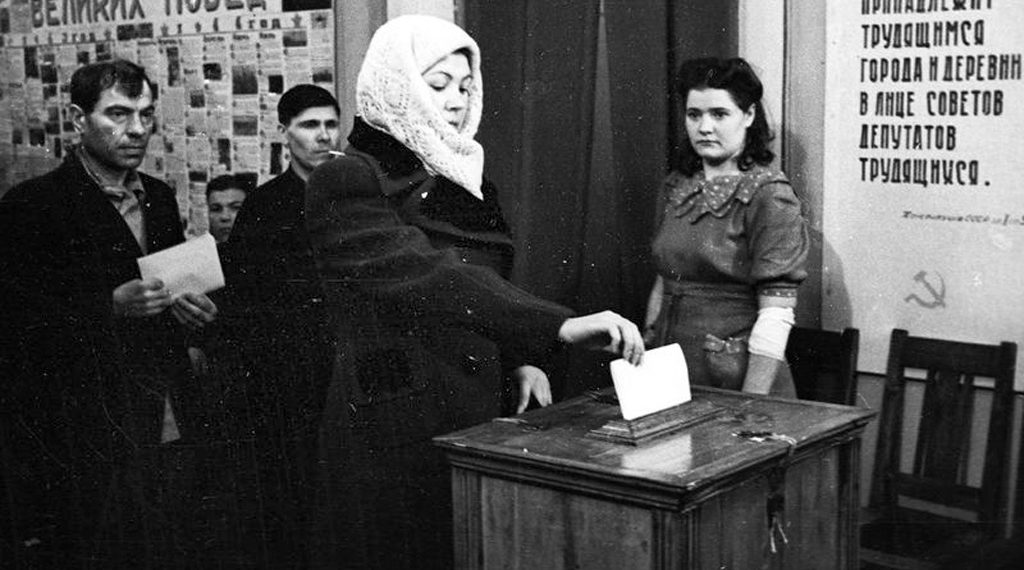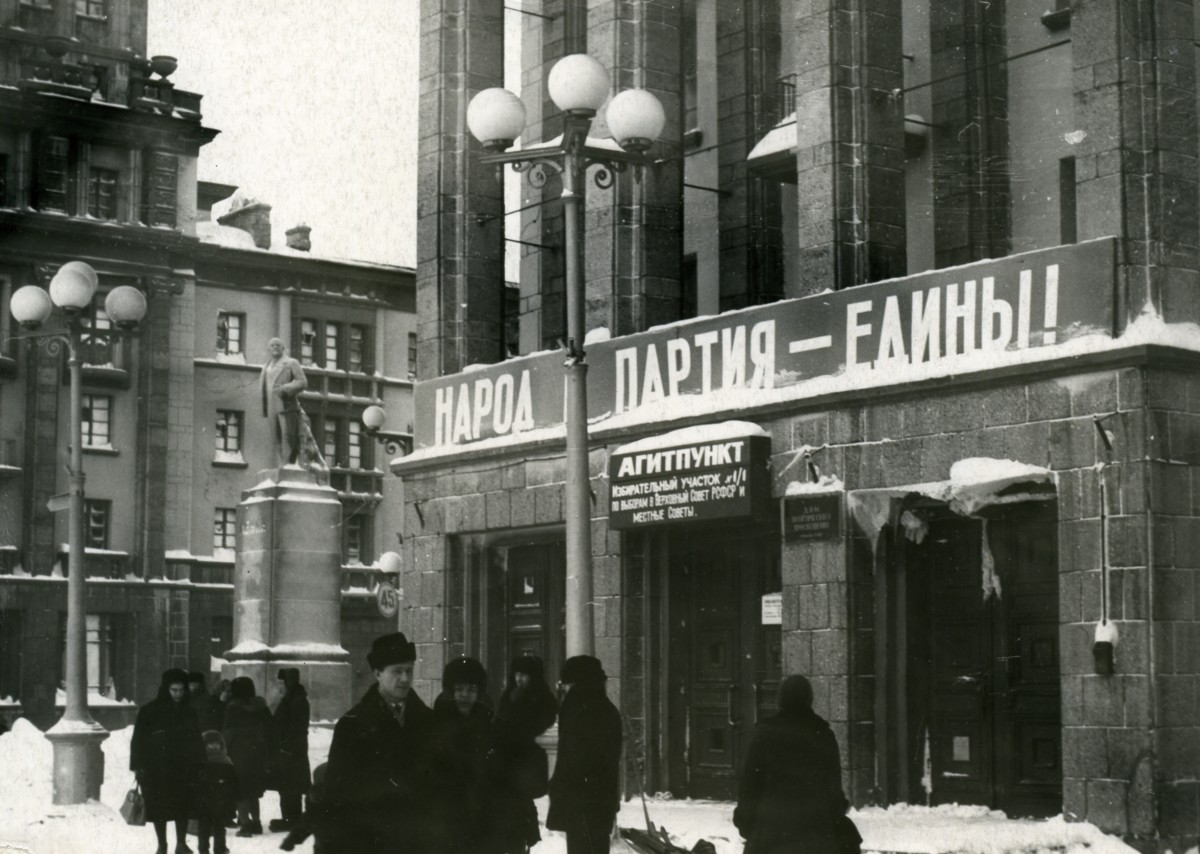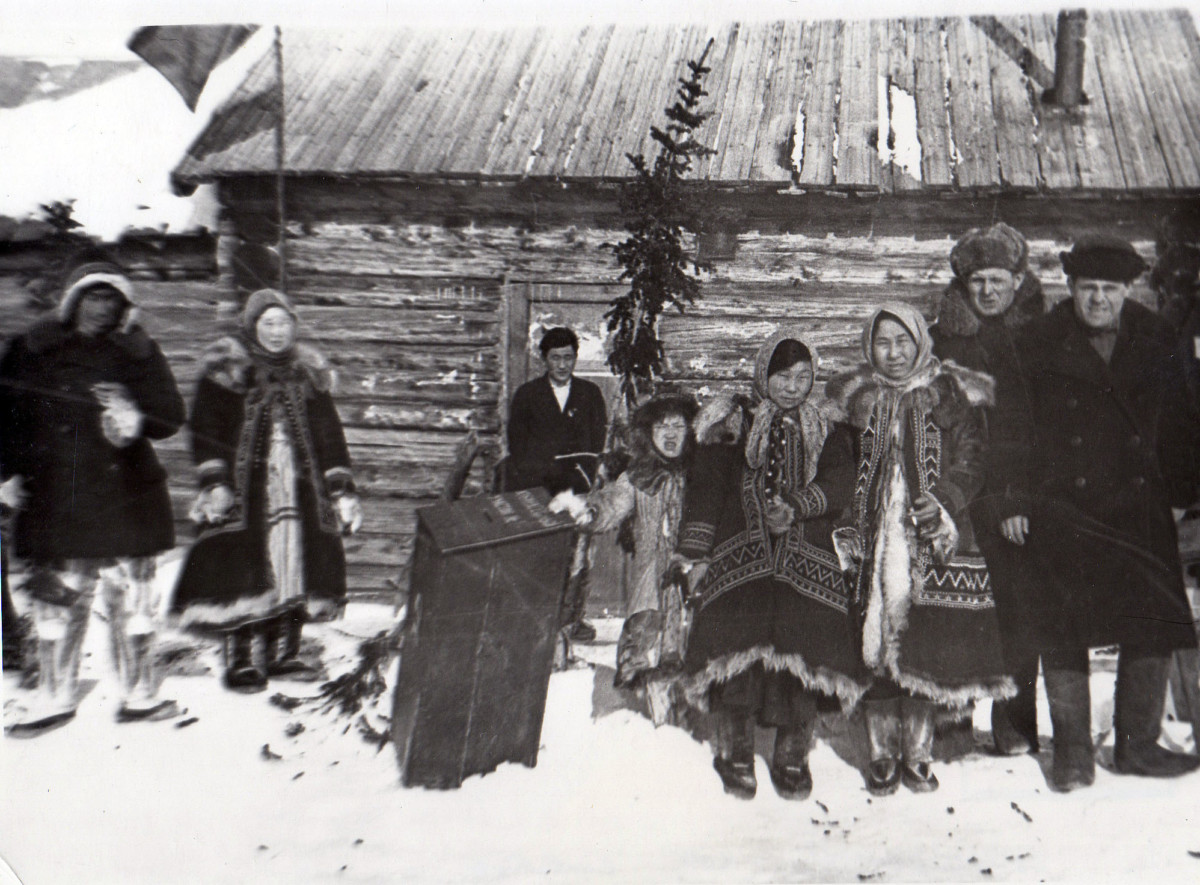#ARCTIC. #SIBERIA. THIS IS TAIMYR. There were also individual houses, railway stations, state farms and other exotic places where people also lived. All that population scattered over the territory had to be organized and sent to the polling stations.
Before the elections in Norilsk it was necessary to organize over 230 constituencies: one constituency could include only one large house, and the other – a whole village.
The remote districts looked the most exotic. So, district No. 236, for example, included “the entire population living in the village of Cherez, in the areas of lakes Melkoye, Glubokoye, Lama, Nakomyaken, Dynkenda”, and district No. 237 included “the village of Imangda and the region of lake Heta”. Fishermen and their families lived and worked in fishing spots on the lakes, but no one released them from the duties of Soviet citizens, so they had to travel hundreds of kilometers to the polls.
Inviting residents to the polling stations was also not easy, the lack of proper addressing prevented from doing it. So, in the local press before the elections, the most exotic “addresses” appeared, such as “individual buildings located on the left side of the Partridge stream from bath number 3”.
In the Zapolyarnaya Pravda local newspaper of 1954, in the electoral districts lists, for example, you could find “the population living in the village of the Kayerkan party and at railway sidings of the 99th, 97th and 95th kilometers along the narrow gauge”.
The polling stations were also located in the most exotic places: in the village clubs and in the red corners of enterprises, in the city hospital, in the theater, in the library. Residents of Gorstroy (the new part of Norilsk) voted in the House of Political Education and in the building of the technical library. Also in educational institutions: in schools, in the music school, the House of Pioneers and the technical school. But for the residents of the railway stations Snezhnaya, Kalargon, Ambarnaya and Vologochan, the center of the polling station was a wagon-track.
In the History Spot’s previous publication, we talked about the Norilsk swimming pool which had to eliminate “swimming illiteracy”.
Follow us on Telegram, VKontakte.
Text: Svetlana Ferapontova, Photo: Nornickel Polar Branch archive








